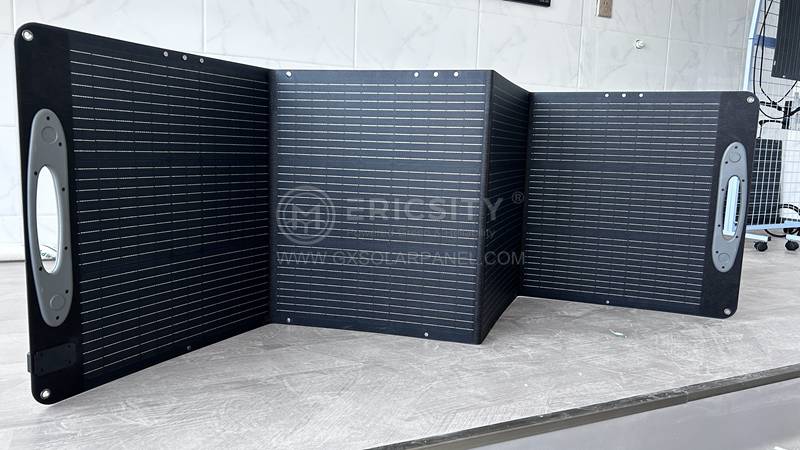HOT PRODUCT
Product Details
40w Portable Solar Panel Vs. Traditional Solar Panels: A Comparison
Title: 40w Portable Solar Panel Vs. Traditional Solar Panels: A Comparison
Introduction
Solar energy is becoming increasingly popular as a renewable energy source, with advancements in technology leading to the development of portable solar panels. While traditional solar panels have been widely adopted for residential and commercial use, the emergence of portable solar panels offers greater flexibility and convenience for on-the-go energy generation. In this article, we will explore the differences between 40w portable solar panels and traditional solar panels, highlighting their advantages and limitations.
1. Portability and Convenience
One of the main advantages of 40w portable solar panels is their portability. These lightweight panels are compact and easy to transport, making them ideal for outdoor activities such as camping, hiking, and RV trips. Traditional solar panels, on the other hand, are bulky and require a more permanent installation. This portability factor of 40w portable solar panels makes them an excellent choice for individuals or families who are constantly on the move.
2. Power Output and Capacity
In terms of power output, 40w portable solar panels generate a smaller amount of energy in comparison to traditional solar panels. This lower wattage can be attributed to their smaller size and reduced number of photovoltaic cells. As a result, 40w portable solar panels are best suited for charging smaller devices like smartphones, tablets, or small electronics.


Traditional solar panels, with their larger surface area and higher number of cells, are capable of generating significantly more power. This makes them a suitable option for powering entire households or commercial buildings. If you require more energy-intensive applications, such as running air conditioning systems, heating pools, or charging electric vehicles, traditional solar panels offer a higher capacity that meets those needs.
3. Installation and Maintenance


Installing traditional solar panels typically involves engaging professionals to place them on rooftops or in open spaces, ensuring optimal sun exposure. This installation process can be time-consuming and requires technical expertise. Conversely, 40w portable solar panels are designed for user-friendly installation without the need for professional assistance. In most cases, they can be set up within minutes using a simple plug-and-play mechanism.
Maintenance requirements also differ between the two types of solar panels. Traditional solar panels often require regular cleaning and inspection, which may involve climbing on rooftops or using special cleaning equipment. On the other hand, 40w portable solar panels are relatively low-maintenance, typically needing only occasional wiping to remove dust or debris.
4. Cost and Affordability
When it comes to cost, 40w portable solar panels are generally more affordable compared to traditional solar panels. Their smaller size and lower output contribute to a lower price point. Moreover, the installation costs associated with portable solar panels are minimal since they do not require professional assistance. In contrast, traditional solar panels are more expensive but offer higher long-term returns on investment due to their greater power-generating capacity.
Conclusion
Both 40w portable solar panels and traditional solar panels have their own set of advantages and limitations. The choice between the two depends on your specific needs, usage requirements, and budget. If you prioritize mobility and convenience for outdoor activities, the portability of 40w solar panels makes them an attractive option. However, if you have larger energy demands and seek a permanent energy generation solution, traditional solar panels provide a more substantial power output. It is important to assess your needs and evaluate which type of solar panel aligns best with your energy goals and lifestyle.




